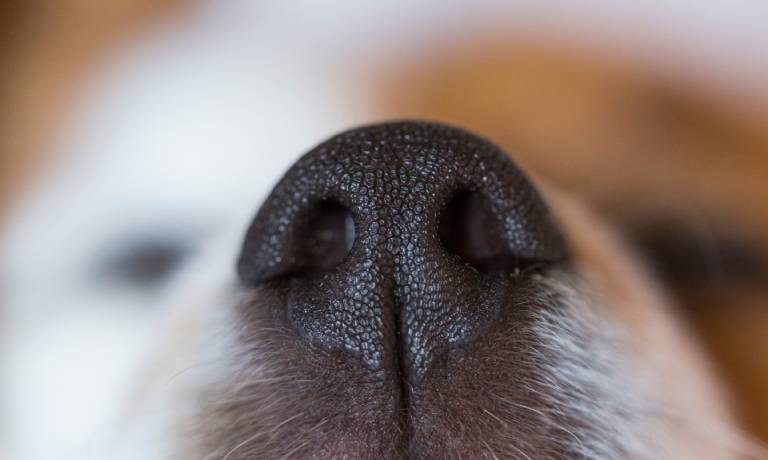
When we think about air quality, most dog owners focus on their health, often overlooking how it affects their furry friends. The truth is poor air quality can have a direct and harmful impact on your dog’s well-being. From respiratory issues to long-term health consequences, bad air quality is a concern you should take seriously. Continue reading to explore how poor air quality is affecting your dog.
Common Signs Bad Air is Affecting Your Pup
Dogs can’t verbally communicate when something feels off, so it’s up to you to notice the signs. Respiratory symptoms like coughing, wheezing, and rapid breathing often indicate that bad air is taking a toll.
Increased itching, watery eyes, or nasal discharge can also point to irritation caused by pollutants. If your dog seems overly fatigued or starts to avoid exercise, it might signal they’re struggling with poor air quality.
How Poor Air Quality Affects Different Dog Breeds
Dogs react differently to air pollution based on size, breed, and overall health. Breeds with flat faces, like Bulldogs and Pugs, are particularly vulnerable due to their shorter airways. Smaller dogs can absorb pollutants faster because they breathe more quickly than larger breeds.
Senior dogs or those with pre-existing conditions such as asthma or heart disease are at a higher risk as well. Knowing your dog’s specific needs makes it easier to adapt to situations where the air may be less than ideal.
Tips for Protecting Your Dog
You can take proactive steps to shield your dog from harmful pollutants. Reduce outdoor activities on days when the air quality index is rated unhealthy. Investing in an air purifier that filters out fine particles can make a big difference indoors. Air quality monitors in your home are important, as they give you real-time updates on your environment.
Keep your windows closed during high-pollution periods and establish a clean indoor space free of smoke, scented candles, or other irritants that can harm your dog’s respiratory health. Always carry water when going outside, as proper hydration supports their recovery from environmental stress.
The Importance of Regular Vet Check-ups
Even if your dog appears healthy, routine vet check-ups are critical. Veterinarians can spot early signs of trouble that you might overlook. If you suspect poor air quality has started to impact your dog, don’t wait until symptoms worsen. Share any observations during appointments so the vet can recommend tailored treatments or precautions.
Your dog depends on you to provide a safe and healthy environment. Protecting your pup from the risks of poor air quality comes down to simple, mindful choices. Monitor your home’s air, avoid exposure to known pollutants, and stay vigilant for any symptoms. A little extra attention now can mean a longer, healthier life for your furry best friend. Start today and make the air they breathe as clean as they deserve.





